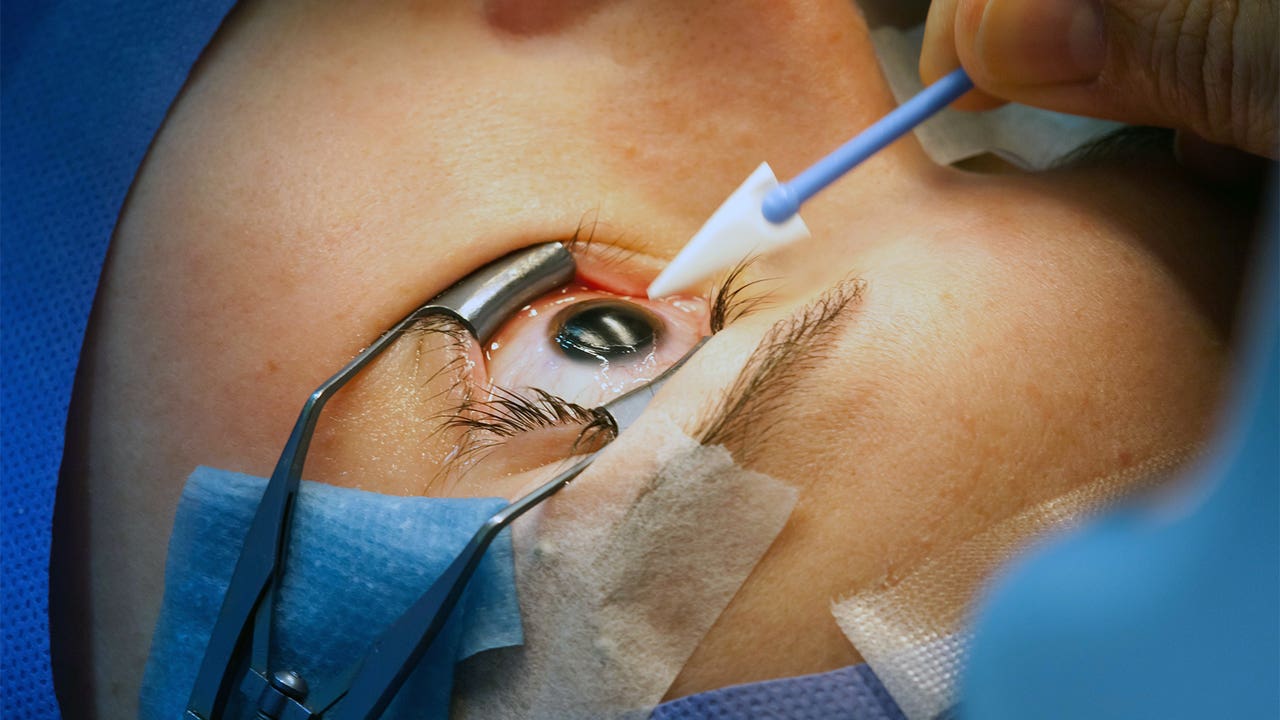Nystagmus: Symptoms, Causes, Treatment
What are the symptoms of nystagmus?
Nystagmus is a condition characterized by involuntary, rapid, and repetitive eye movements. These movements can vary in intensity, direction, and speed. Symptoms of nystagmus may include:
- Involuntary eye movements: The primary symptom of nystagmus is the uncontrollable movement of the eyes. These movements may be side-to-side (horizontal nystagmus), up and down (vertical nystagmus), or rotary (circular).
- Reduced vision: Nystagmus can lead to reduced visual acuity, especially when the eyes are moving rapidly.
- Difficulty with depth perception: Some individuals with nystagmus may have difficulty judging depth or seeing objects clearly in motion.
- Head tilting or nodding: Some people with nystagmus may adopt a head tilt or nodding motion to compensate for the involuntary eye movements, which can help improve visual acuity.
- Sensitivity to light: Nystagmus can sometimes be associated with increased sensitivity to light (photophobia).
- Balance and coordination issues: In some cases, nystagmus may be associated with balance and coordination problems, especially if it is caused by an underlying condition affecting the inner ear or brain.
Nystagmus can be present at birth (congenital) or develop later in life (acquired). It can be associated with various underlying conditions or may occur on its own. If you experience symptoms of nystagmus, it’s important to see an eye care professional for a proper diagnosis and appropriate management.
What are the causes of nystagmus?
Nystagmus can have various causes, and it may occur on its own (idiopathic) or be associated with an underlying condition. Some common causes of nystagmus include:
- Congenital nystagmus: This type of nystagmus is present at birth and is often idiopathic, meaning the cause is unknown. It may be genetic or associated with abnormal development of the visual pathways in the brain.
- Acquired nystagmus: Nystagmus that develops later in life can be caused by a variety of factors, including:
- Inner ear disorders, such as Meniere’s disease
- Neurological conditions, such as multiple sclerosis or brain tumors
- Medications that affect the brain or inner ear
- Head injury or trauma
- Stroke or other vascular disorders affecting the brain
- Certain systemic conditions, such as vitamin B12 deficiency or thyroid disorders
- Visual impairment: Nystagmus can sometimes occur as a result of reduced vision or conditions that affect the development of vision, such as albinism or congenital cataracts.
- Other causes: Rarely, nystagmus can be caused by other factors, such as central nervous system disorders, metabolic disorders, or toxic reactions to medications.
The specific cause of nystagmus can often be determined through a thorough medical history, physical examination, and sometimes additional tests such as imaging studies or blood tests. Treatment of nystagmus depends on the underlying cause and may include addressing any underlying conditions, using corrective lenses to improve visual acuity, or in some cases, surgery to correct abnormal eye movements.
What is the treatment for nystagmus?
The treatment for nystagmus depends on the underlying cause and the severity of the symptoms. In some cases, treatment may not be necessary, especially if the nystagmus is mild and does not significantly impact vision or quality of life. However, if treatment is needed, it may include:
- Addressing underlying conditions: If nystagmus is caused by an underlying condition, such as a neurological disorder or inner ear problem, treating that condition may help improve or resolve the nystagmus.
- Corrective lenses: In some cases, wearing glasses or contact lenses with special prescriptions can help improve visual acuity and reduce eye strain, which may help reduce the intensity of nystagmus.
- Surgery: In some cases, surgery may be recommended to correct abnormal eye movements or to reposition the muscles that control eye movement. This is typically considered only for severe cases of nystagmus that do not respond to other treatments.
- Medications: Some medications, such as antiepileptic drugs or muscle relaxants, may be prescribed to help reduce the intensity of nystagmus or to manage any associated symptoms, such as dizziness or vertigo.
- Vision therapy: Vision therapy exercises may be recommended to help improve visual acuity and control of eye movements. This can be particularly helpful for individuals with nystagmus that affects their ability to focus or track objects.
- Low vision aids: For individuals with significant visual impairment due to nystagmus, low vision aids such as magnifiers or telescopic lenses may be recommended to help improve visual function.
It’s important to consult with an eye care professional or a neurologist for a proper diagnosis and to discuss the most appropriate treatment options for your specific situation.




